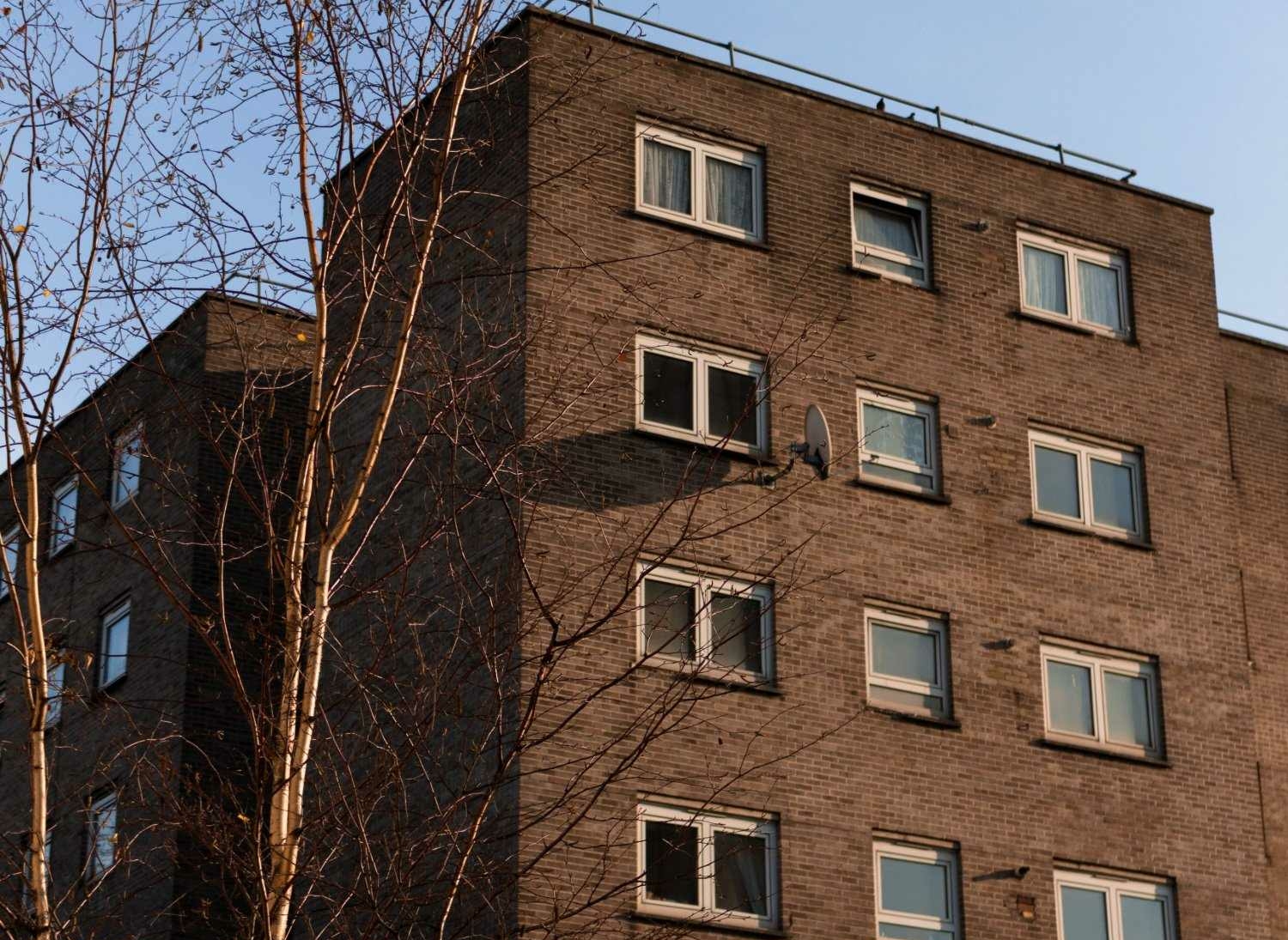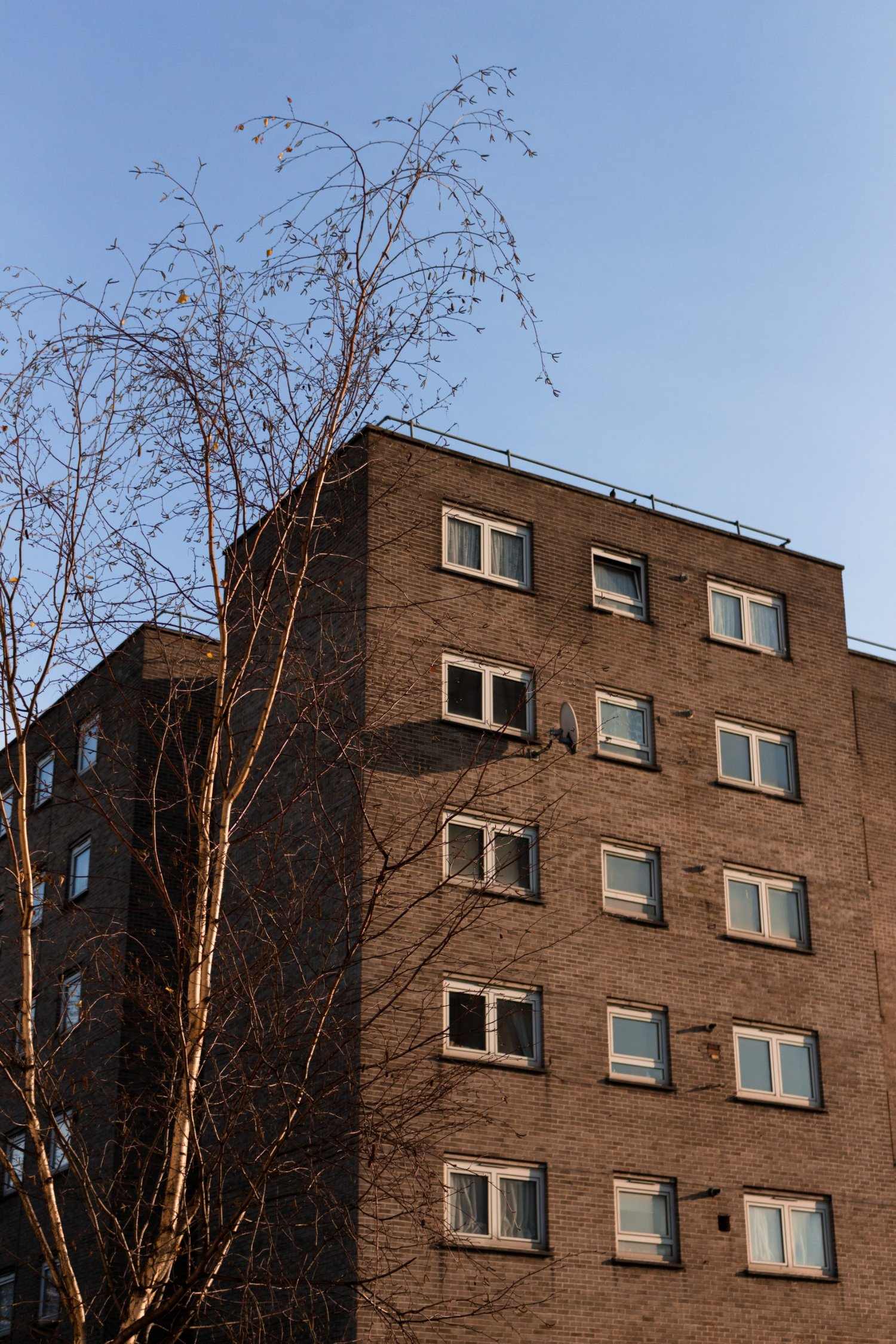
Last week I was invited to speak at the HQN annual Housing Management Conference. Even as a somewhat ‘seasoned’ event speaker, I still get nervous each time I give a talk. However, this one in particular had me more nervous than usual, due to the subject matter. The topic I was discussing was stigma in social housing, which by title alone isn’t that shocking, we have heard a lot about social housing stigma over the past few years. But as an ex-housing professional myself, I still find the balance of blame less than fair. With government seeming to point the finger straight at those in the housing sector in the Social Housing White Paper and its predecessor – the Social Housing Green Paper.

So when it came to giving my talk at the HQN conference, I really had to challenge my own defensiveness around this topic to understand why social housing tenants feel marginalised simply because of their tenure.
Looking back over the past few years, it’s clear how the media, with its Benefits Street-style programmes and elevated focus on the poor conditions of some social housing tenants’ properties is exacerbating stereotypes. While the government’s emphatic drive towards home ownership as the tenure of choice could infer that social housing renters are seen as the ‘bottom rung of the ladder’. But looking at how the social housing sector is perpetuating the social housing stigma requires a bit of a deeper dive.
The first aspect of this is within the ‘lettable standard’ – the condition a property is in when handed over to a new tenant. As a new tenant moving into a property that is completely unfurnished, bare floors, depressing Magnolia paint slapped onto walls, no white goods, no curtains etc., it isn’t hard to imagine how undervalued some of them may feel. The thought that tenants ‘should be grateful to even have a roof over their head’ is a thought that should never be considered. Whilst I accept that the cost implications resulting from creating fully furnished homes with all the ‘mod cons’ installed would be far too high, I still think that many housing providers could do better than their current standards. If we don’t take pride in the properties that we offer, why should tenants? I challenge any housing professional to look at the condition of their General Needs void properties and then look at the images posted on their website for shared ownership or sales properties. These comparisons are stark.
In November 2021 a report was produced by Dr Mercy Denedo and Dr Amaze Ejiogu called Stigma in Social Housing. It included findings from focus groups with social housing tenants who highlighted a feeling of not being listened to, or not being taken seriously by their housing provider. Whilst, I previously assumed that this was just a standard ‘customer service’ issue that affects everyone in everyday life with different services, it made me realise that, when you are already being treated differently by government and media, this kind of treatment from the organisation with whom you are supposed to trust and is there to deliver many of the services that truly impact on your day to day life.
The report highlighted some key actions that need to be taken to reduce social housing stigma, including discouraging the saturation of home ownership focused policies, redesigning the regulatory and governance arrangements to make social housing providers more accountable to tenants and facilitating stronger tenant voices at local, regional and national levels. This last point become the conclusion of my talk at HQN, with a focus on the things that are within the control of housing professionals.
The biggest challenge for many housing providers is creating effective customer engagement, particularly where they end up hearing from the same small group of voices on a variety of topics. We carry out a lot of customer engagement work with housing providers at the moment, with a drive to refresh customer engagement strategies, shaped by customers. This large-scale quantitative research with a representative sample of customers is designed to understand awareness of engagement opportunities, as well as barriers and opportunities to engage.
Our findings consistently show that a large proportion of customers are not aware of how to engage with their housing provider. Typically because the style of communication being used is generalist in terms of who it is trying to target (using a broad approach) and there is minimal detail on what level of commitment is required. In addition, we find that one of the main reasons customers choose not to engage is because they don’t believe their engagement will make any difference to the way the housing provider operates – in many cases this is borne out of previously raising complaints or expressions of dissatisfaction through surveys that they never see any actions being taken as a result.
One of the starkest findings from our work is the direct correlation between customer effort and trust. If a customer finds their housing provider difficult to deal with, then they are significantly less likely to trust them to do anything. A key example of this is when a customer calls to raise a repair. If the operative doesn’t turn up as agreed after the customer has taken the time off, and no one has contacted them to let them know leaving them to call the housing provider again to find out what is happening, then this is increased effort. Whilst it is acceptable that sometimes things won’t happen on time, not informing the customer of this at the earliest possible opportunity is unacceptable. As organisation, you failed to deliver on your promise. Before you can even begin to consider all of the opportunities to engage customers in policies and strategies and all the things you want to deliver as an organisation, you must start with getting the basics right. Deliver the standard services well and on time, and make sure – above all – when things don’t go as planned that you communicate with your customers honestly and begin to rebuild that trust.